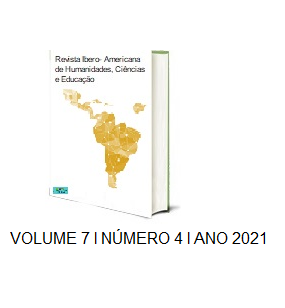THE ATTENTION DEFICIT DISORDER WITH HYPERACTIVITY - ADHD IN THE CLASSROOM
DOI:
https://doi.org/10.51891/rease.v7i4.986Keywords:
ADHD; Children; students; Parents; TeacheAbstract
Nowadays, it is common to hear teachers and parents complain about the mess made by a child, apparently expressing fatigue and lack of patience by excessive energy she demonstrated to have. In most cases, these children are read as lazy, ill-mannered, immature, among other denominations. They are in fact children impulsive, extremely active, and real difficulties of following pre-established rules. In many cases are also children who have little tolerance and frustration and low self-esteem. In addition to these characteristics, they can present aggressiveness, problems in school learning and social interaction. Certainly, it is not strange that parents, teachers and other members of society who live with these children show a high level of stress and feel lost, not having clarity on how to deal with them. But who are these children? How to position themselves in front of them? These children meet the characteristics as described and others may have what is called ADHD? This is the problem of the article, which was based on bibliographic research, descriptive approach.
Downloads
Downloads
Published
How to Cite
Issue
Section
Categories
License
Atribuição CC BY

